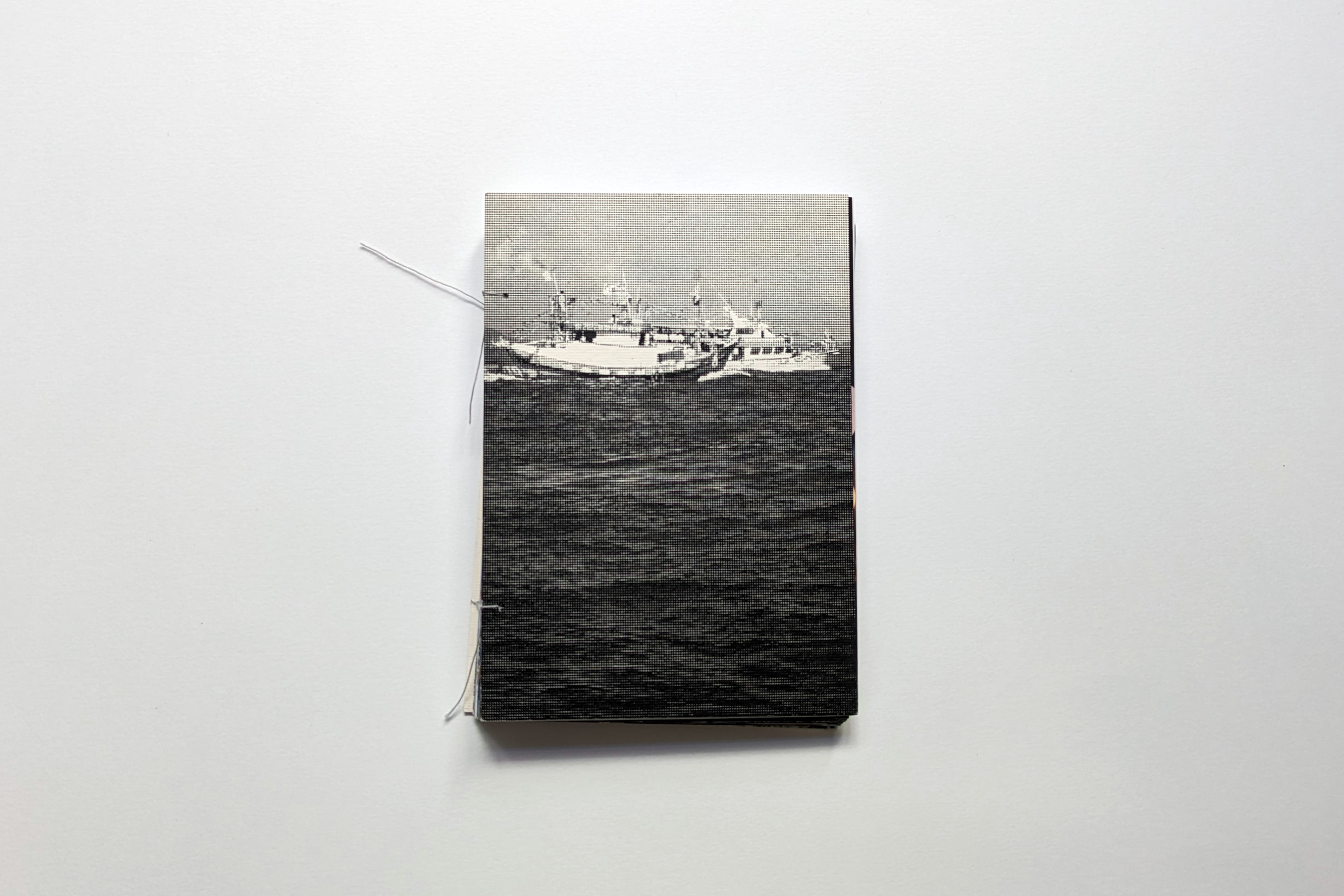

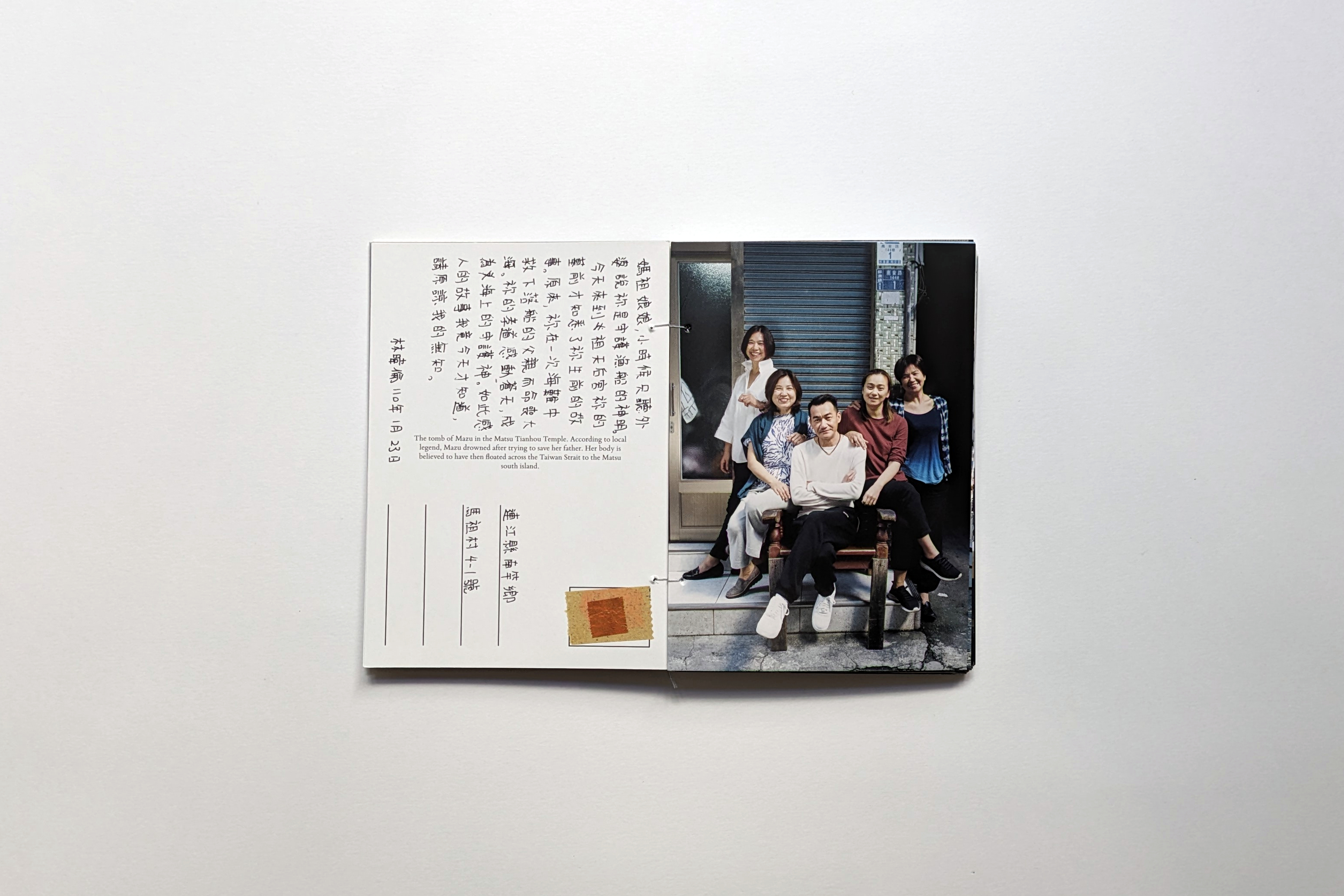




Mazu
Lin Wei-Lun
10x15 cm
46 pages
Hand made binding
Design by Louis Montes
Published in Novemebr 2025
Winner of Landskrona Foto & Breadfield Dummy Award 2024
ISBN 979-12-80177-49-0
Witty #106
30€
Order here︎︎
Mazu," presents a series of postcards written to Mazu, the sea goddess who arrived Taiwan from the Chinese mainland three centuries ago. Today, the Taiwanese see her not only as a protector of the island's fishermen and sailors as a guardian deity of the entire island of Taiwan. During periods of geopolitical instability, most recently during prominent US politician Nancy Pelosi's visit to Taipei, the postcards asked for her protection.
The photographs printed on the postcards document my personal investigation into the impact of Pelosi’s visit, not only on the cross-strait relationship but also on myself and other Taiwanese. I explore my anxieties about the safety of my family and friends amidst unprecedented Chinese military activity around Taiwan. It also reflects on the mental and physical toll the crisis has had on soldiers and the economic sanctions levied by Beijing against Taiwan’s fishing industry as punishment for the governing party in Taiwan’s pro-independent slant.
The project also uses Mazu as a symbol to address the complicated identity dilemma Taiwanese people face: are we "Taiwanese" or "Chinese in Taiwan"? Seventy years after the Chinese Kuomintang government's retreat to Taiwan in 1949, this question still plays a vital role in Taiwanese civil society. Mazu is an important religious figure in China and Taiwan and Chinese state media in the 1990s and 00s used her to emphasise shared cultural roots to promote unity across the Taiwan Strait.
Alongside the postcards, the piece also includes an installation of a postbox-style incinerator akin to those used in Taoist ceremonies. The audience is invited to pen a postcard to Mazu with their response to the ongoing Taiwan Strait crisis. In line with the Taoist tradition of burning ceremonial money as offerings to gods, the postcards collected will then be set alight in the postbox and thus transported to Mazu.

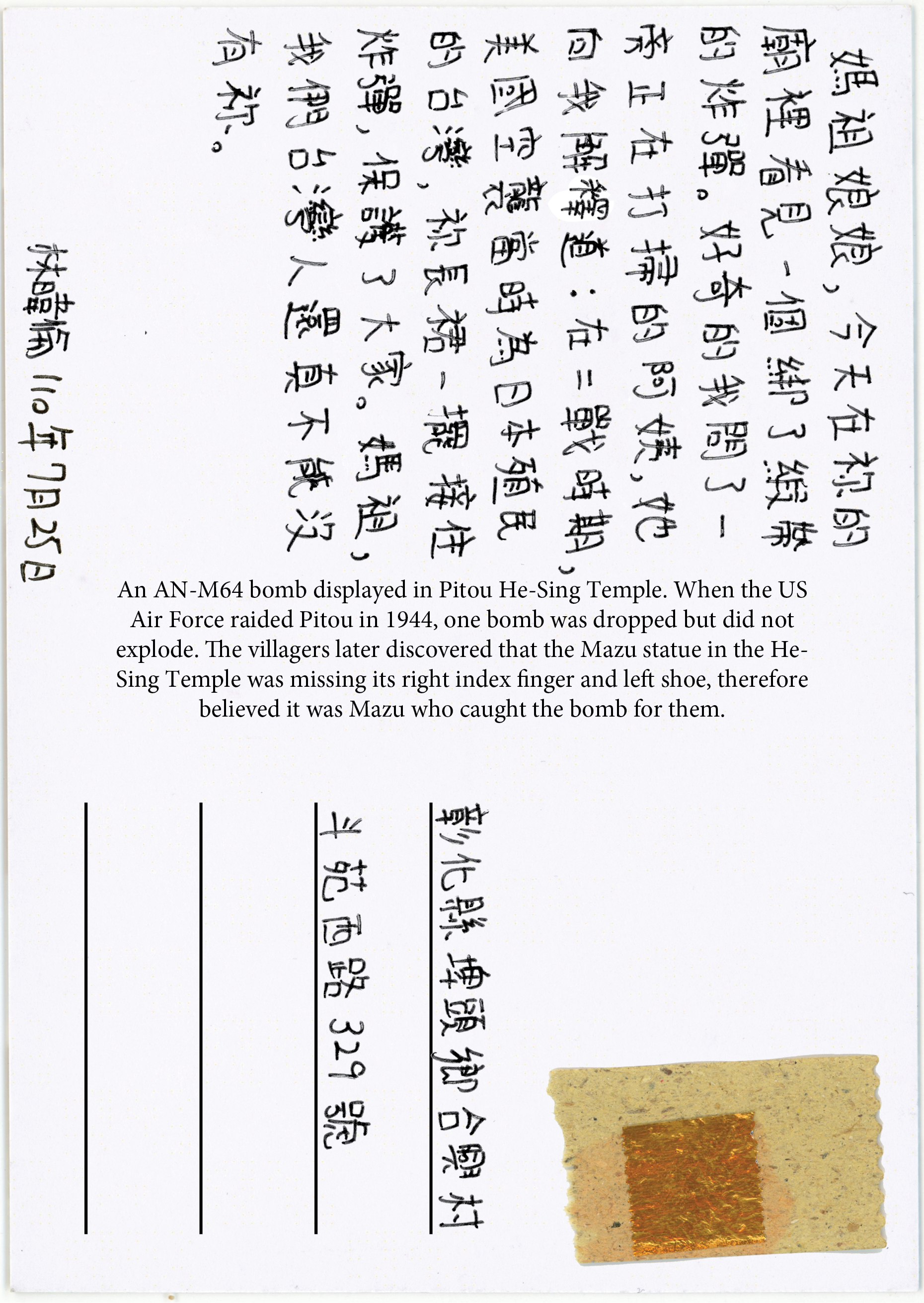
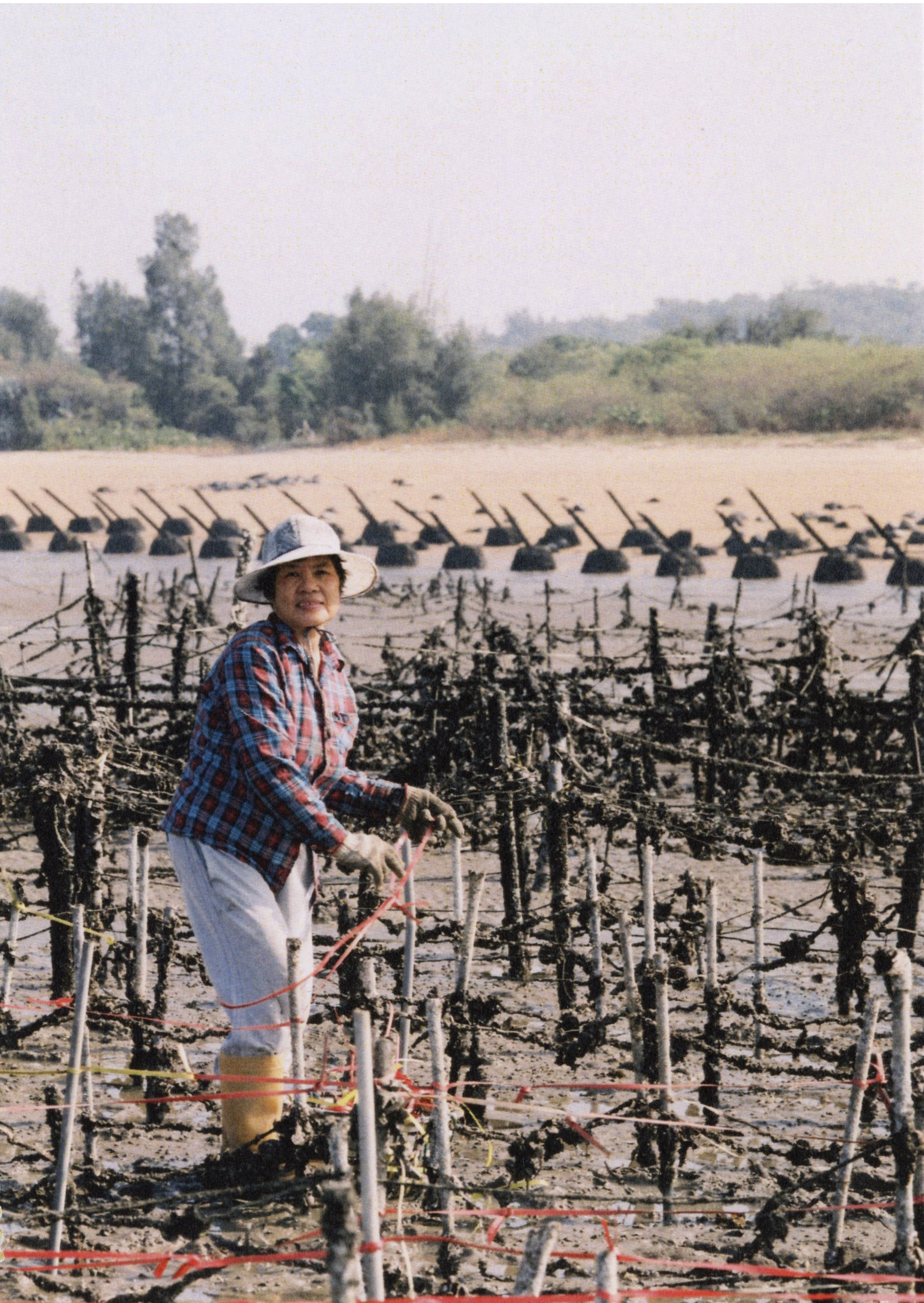



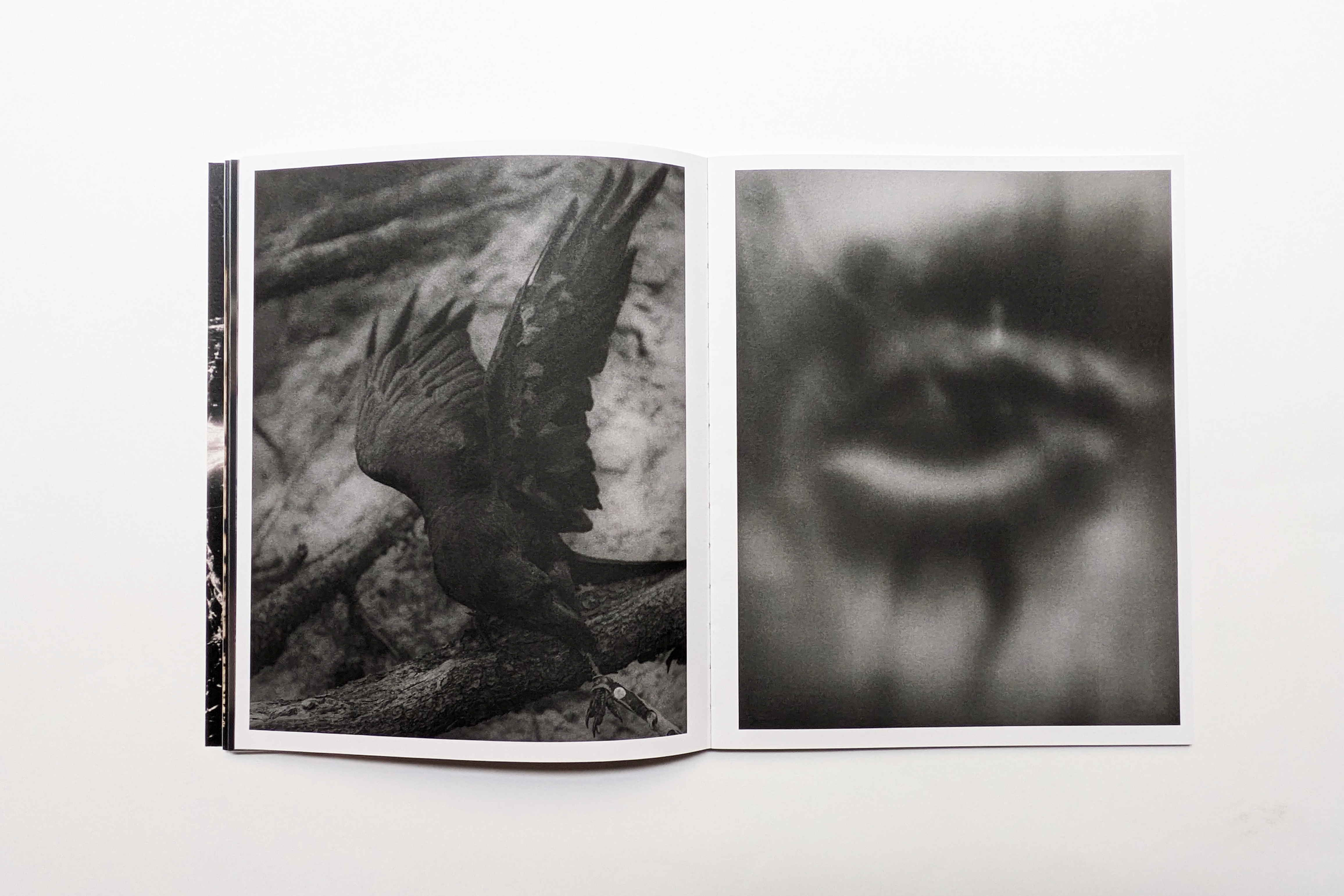

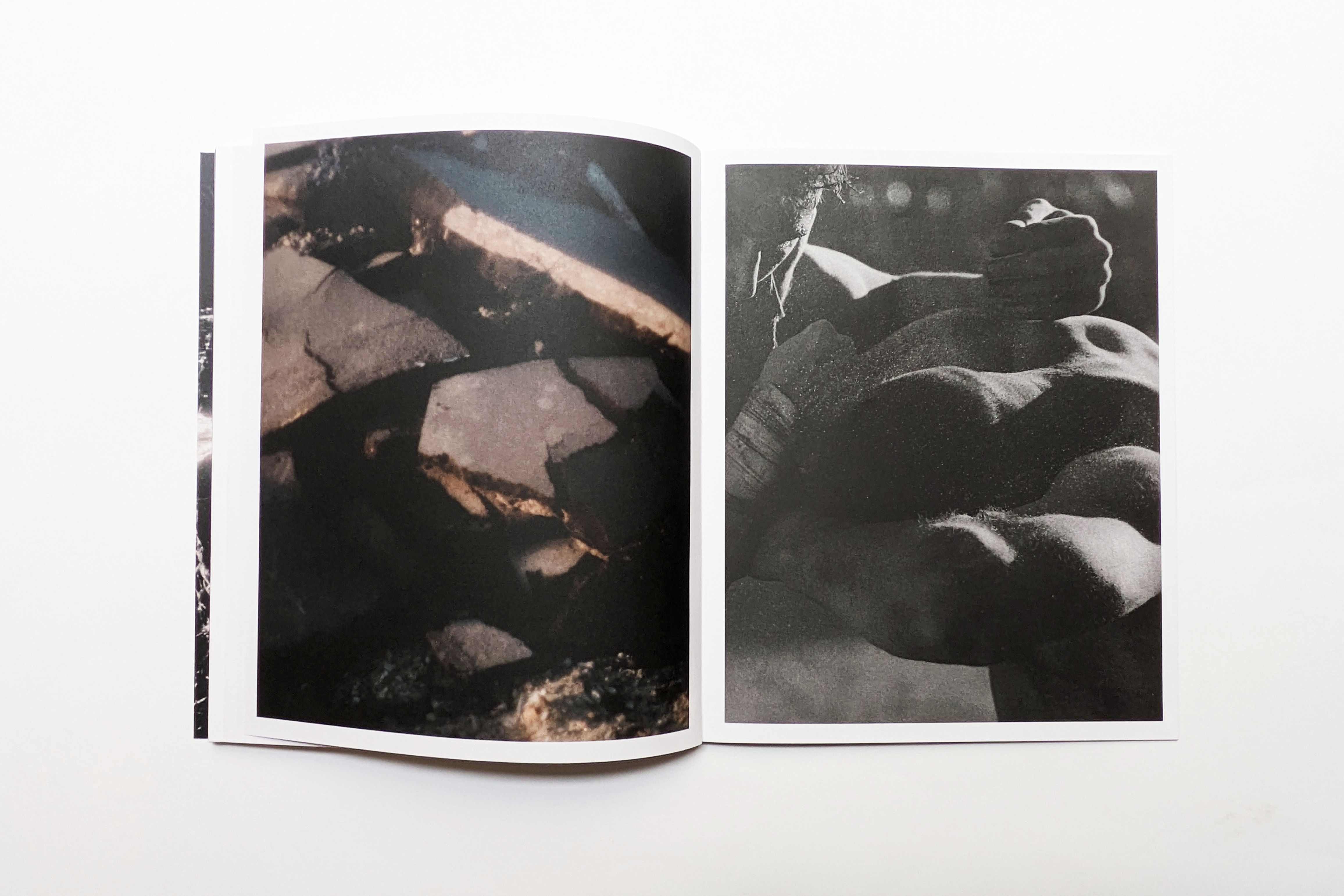

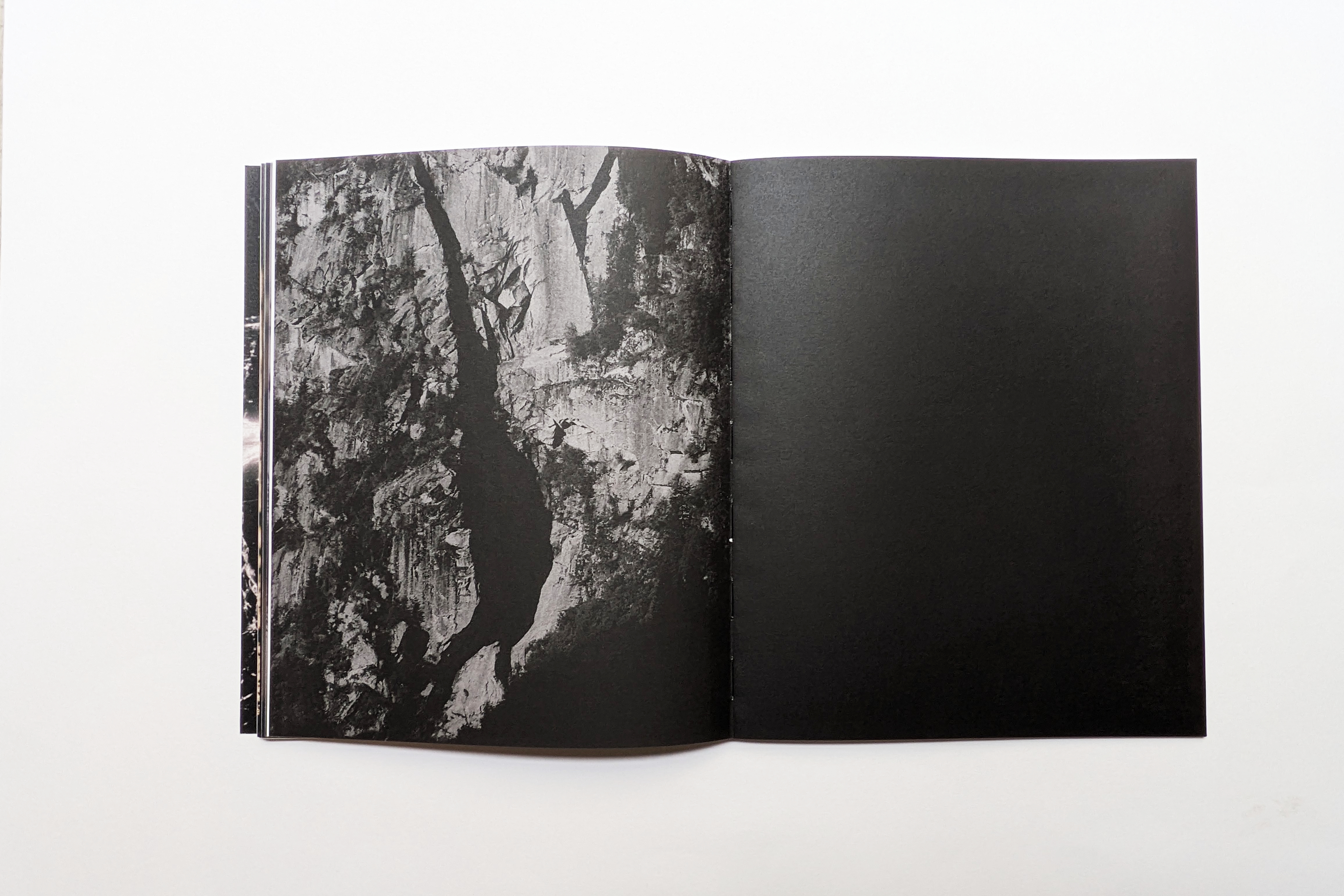
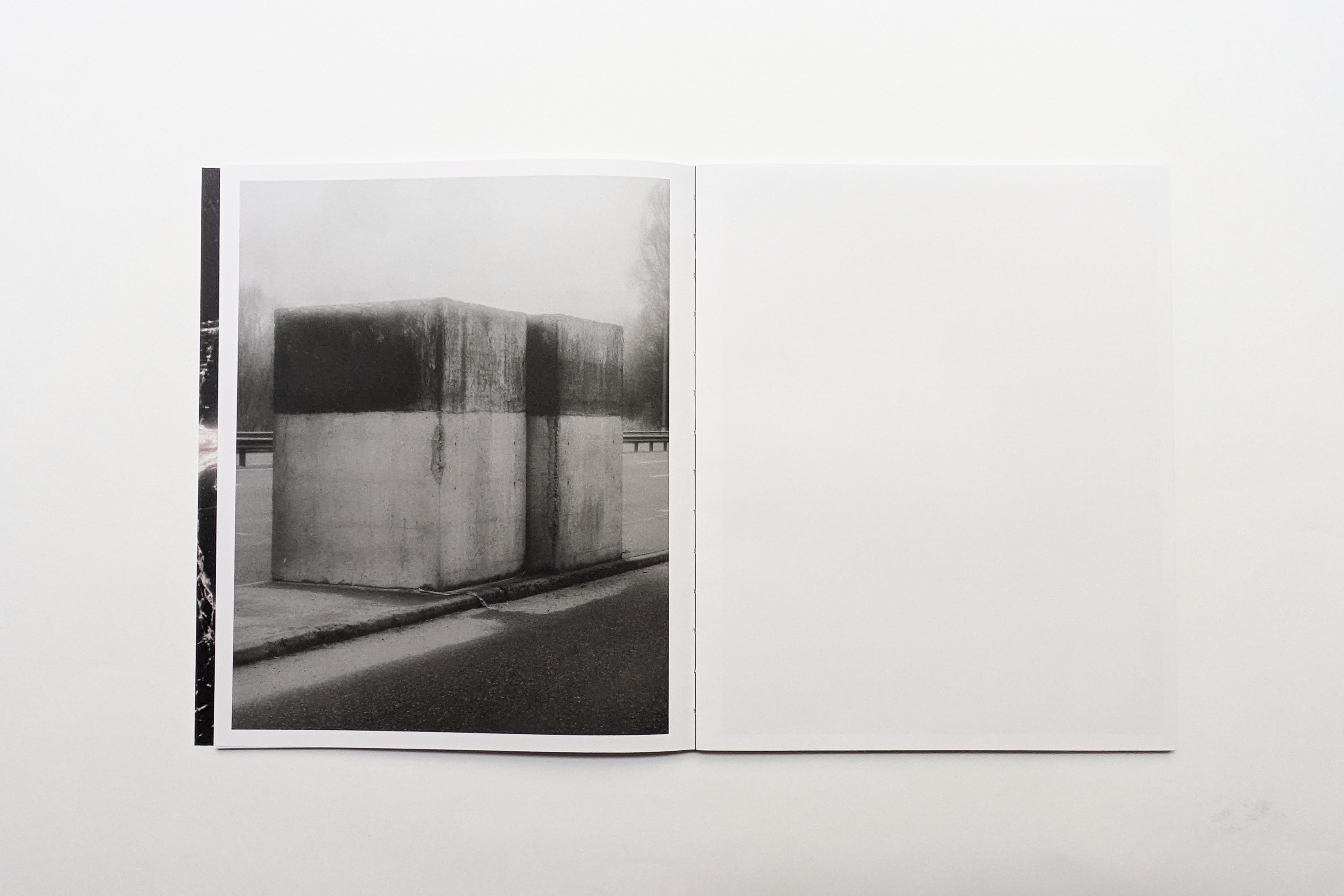


Something Was Missing Within
Elliott Kreyenberg
23x28 cm
104 pages
Soft cover
Editing and art direction by Tommaso Parrillo
Design by Ilaria Miotto
Text by Dirk Gieselmann
Published in Novemebr 2025
ISBN 979-12-80177-60-5
Witty #104
Winner of the APhF:24 Dummy Award feat. Witty Books within the Athens Photo Festival Book Program curated by Sylvia Sachini and with the support of Future Format.
30€ Oder here︎︎
“Patriarch demands of men to become and remain emotional cripples.“
- bell hooks
Something Was Missing Within explores the emotional detachment at the heart of traditional stereotypes of masculinity. From an early age, boys are taught to be strong - to suppress vulnerability and sensitivity. Over time, this denial of emotional depth becomes a missing part within. It seems that the test of manhood lies in the willingness to accept this loss and remain silent about it. The work reflects on how this absence shapes identity, intimacy, and connection of men.

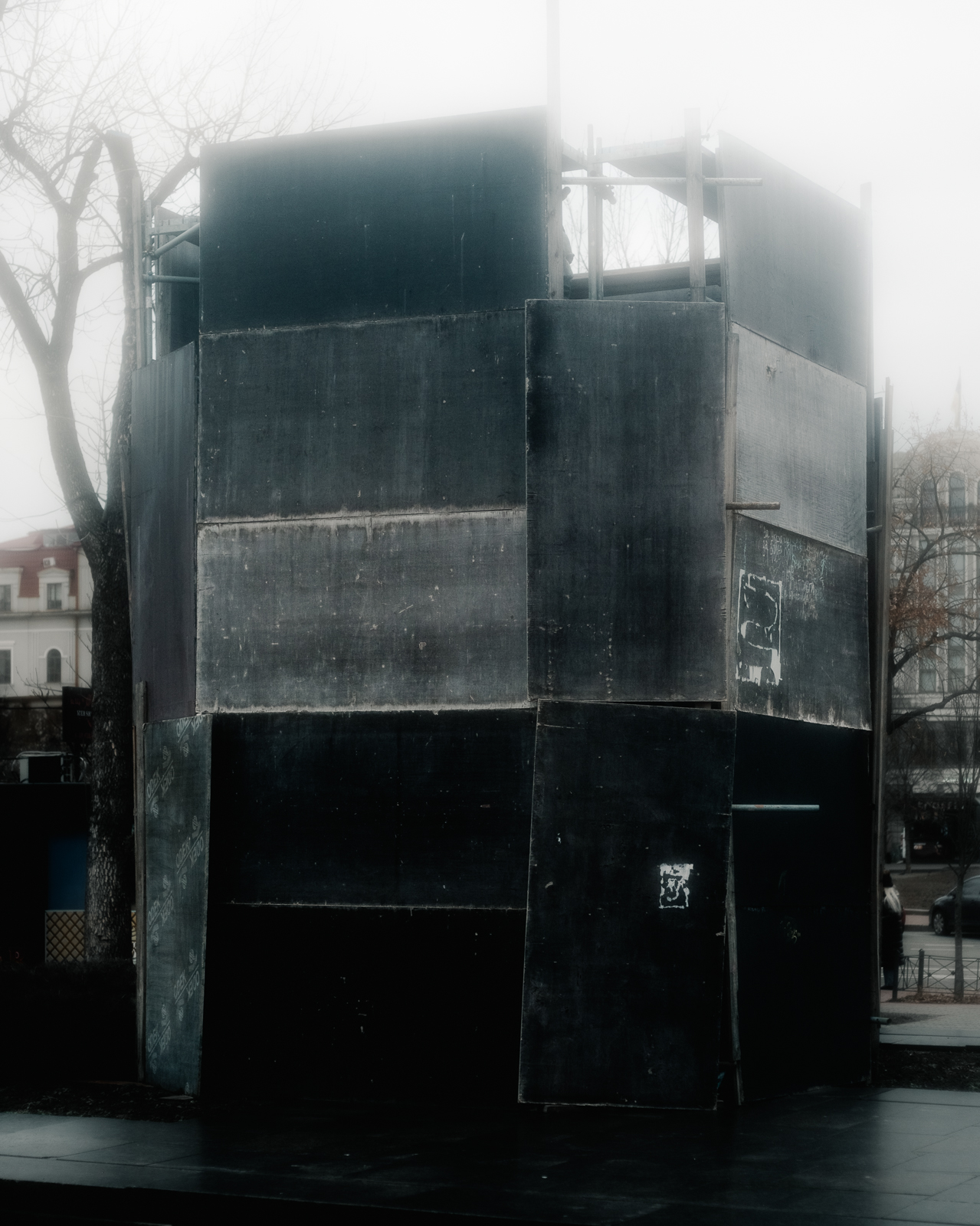

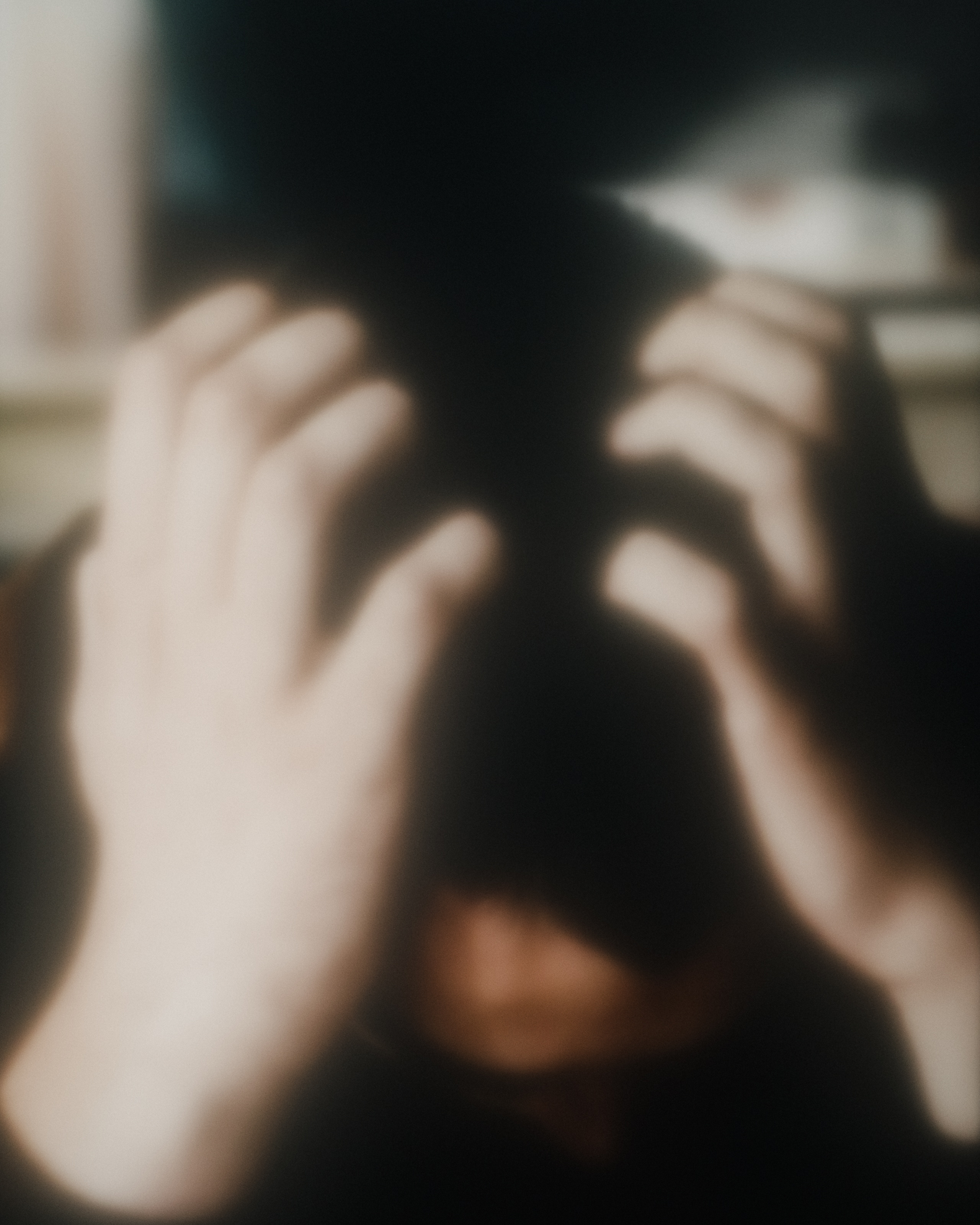

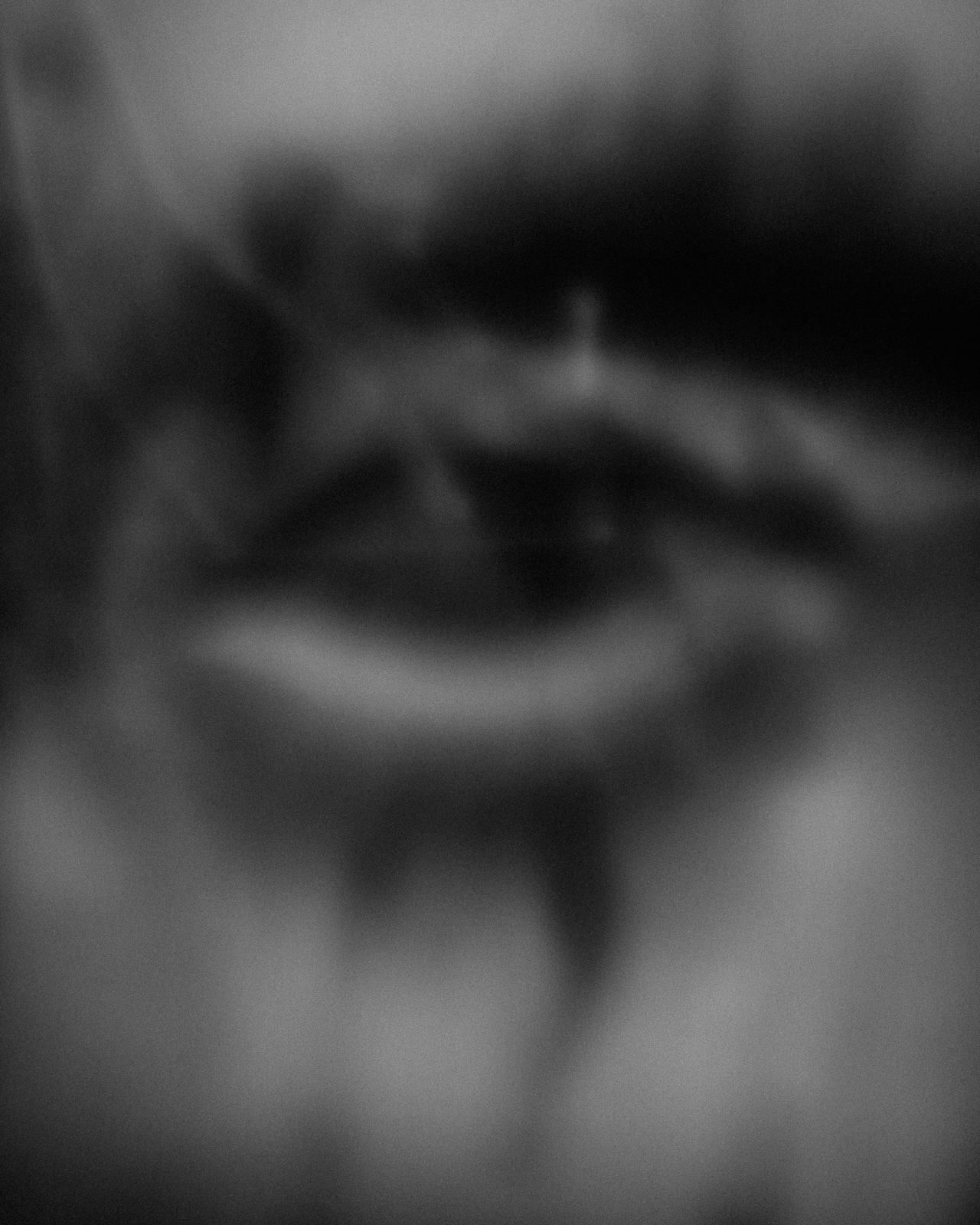

Are you nobody, Too?
Silvia Bigi
13x18 cm
320 pages
Soft cover
Editing and art direction by Tommaso Parrillo
Design by Ilaria Miotto
Texts by Elio Grazioli and Adam Broomberg
Published in Novemebr 2025
ISBN 979-12-80177-61-2
Witty #103
25€ Order here︎︎
Are you nobody, too? originates from a found photograph — a blurred, elusive portrait in imperfect grain. It is the only existing image of Irma, the artist’s great-aunt, who throughout her life was kept away — due to her mental condition — from public view as well as from any official family genealogy. Starting from this denied identity, Are you nobody, too? sheds light on the taboos that have long surrounded mental distress, particularly in relation to women, who throughout history have often been the target of practices of domestication and subjugation against which the mind has rebelled. Through one of the first deepfake apps, Irma finally finds her voice. The stills taken from the video, presented as a conceptual flipbook — whose frames reveal, through Irma’s lips, a phrase by Zelda Fitzgerald — in their fixedness, consecrate the act by fulfilling their primary function as testimony, revealing artistic practice as a political and radical act of constructing and redefining the real. The hypertext is composed of verses and fragments from poems and novels by female writers and poets affected by psychic disorders — words that unravel from their original narratives to reweave themselves into a new fabric, processed by an
algorithm that randomly reshuffles the sentences. Irma’s body thus becomes a site of redemption, an anti-body that hosts a multitude, defying all forms of normativity, regulation, management, and control.
Are you nobody, too? breaks the boundary between historical and speculative reconstruction, proposing new possibilities of meaning and immanence. It invites the reader to take part in this process, disrupting every attempt to normalize what is elusive, complex, and diverse, enacting a dispersion of the self that becomes a generative force
through its alliance with technology.



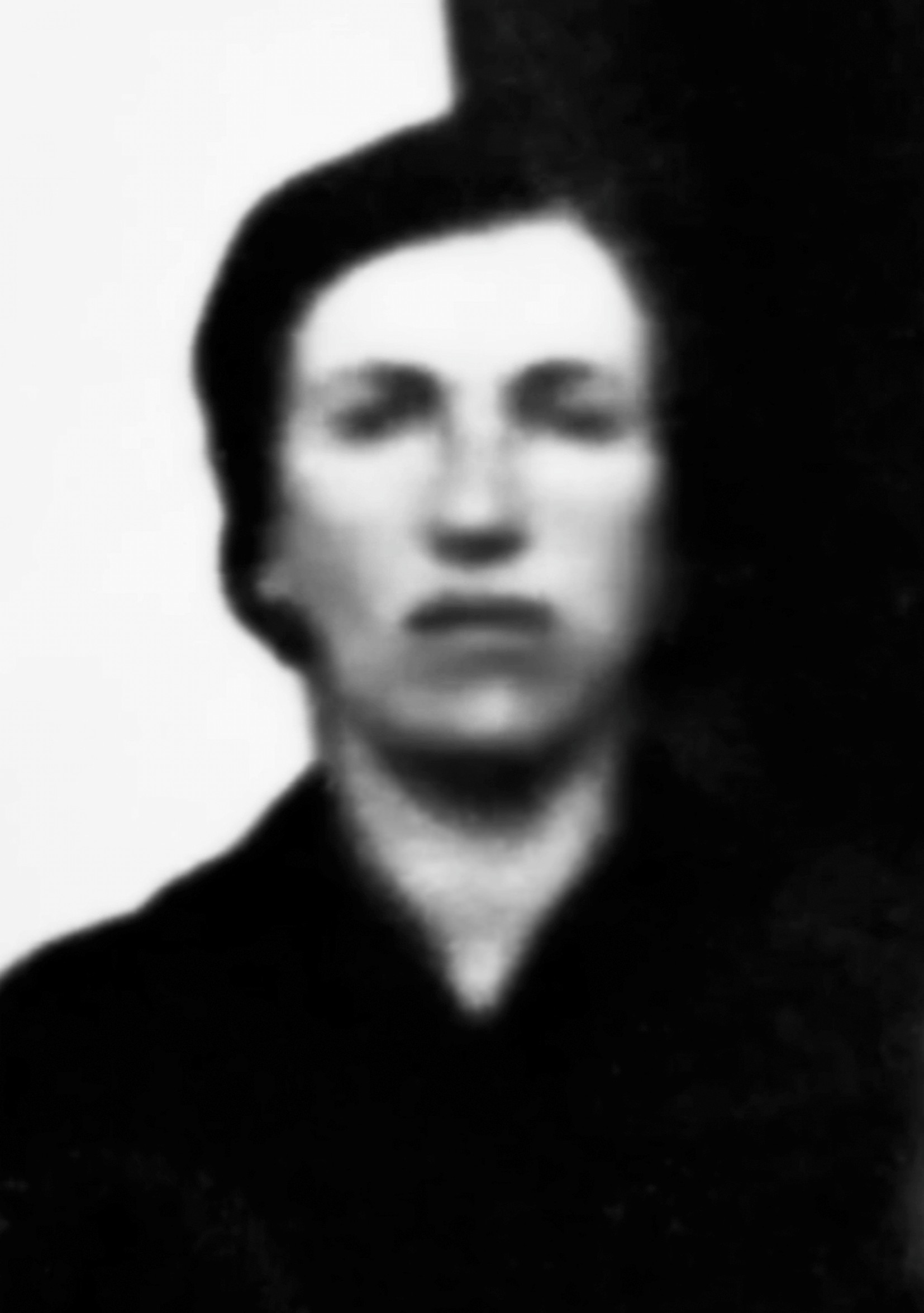



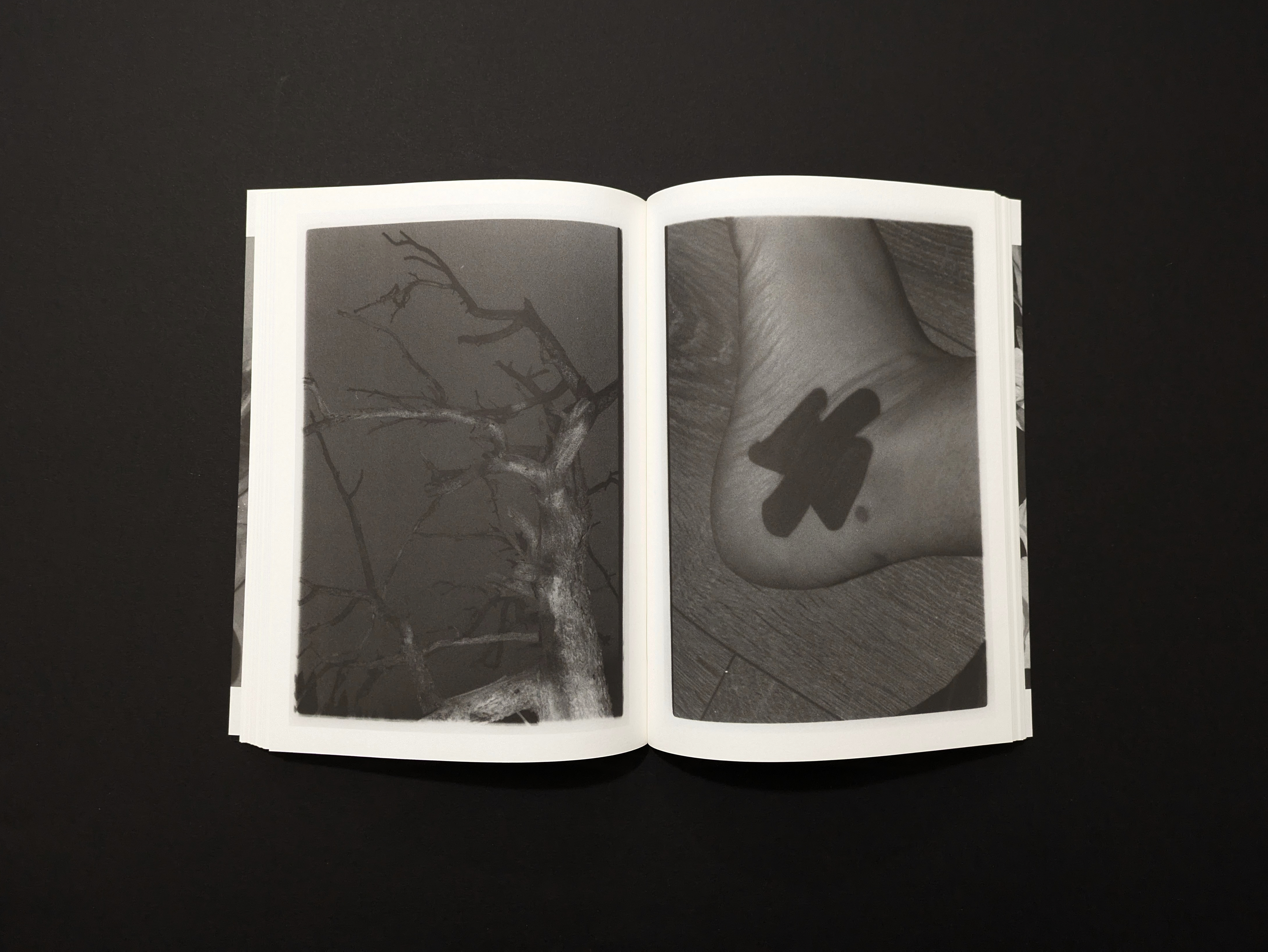
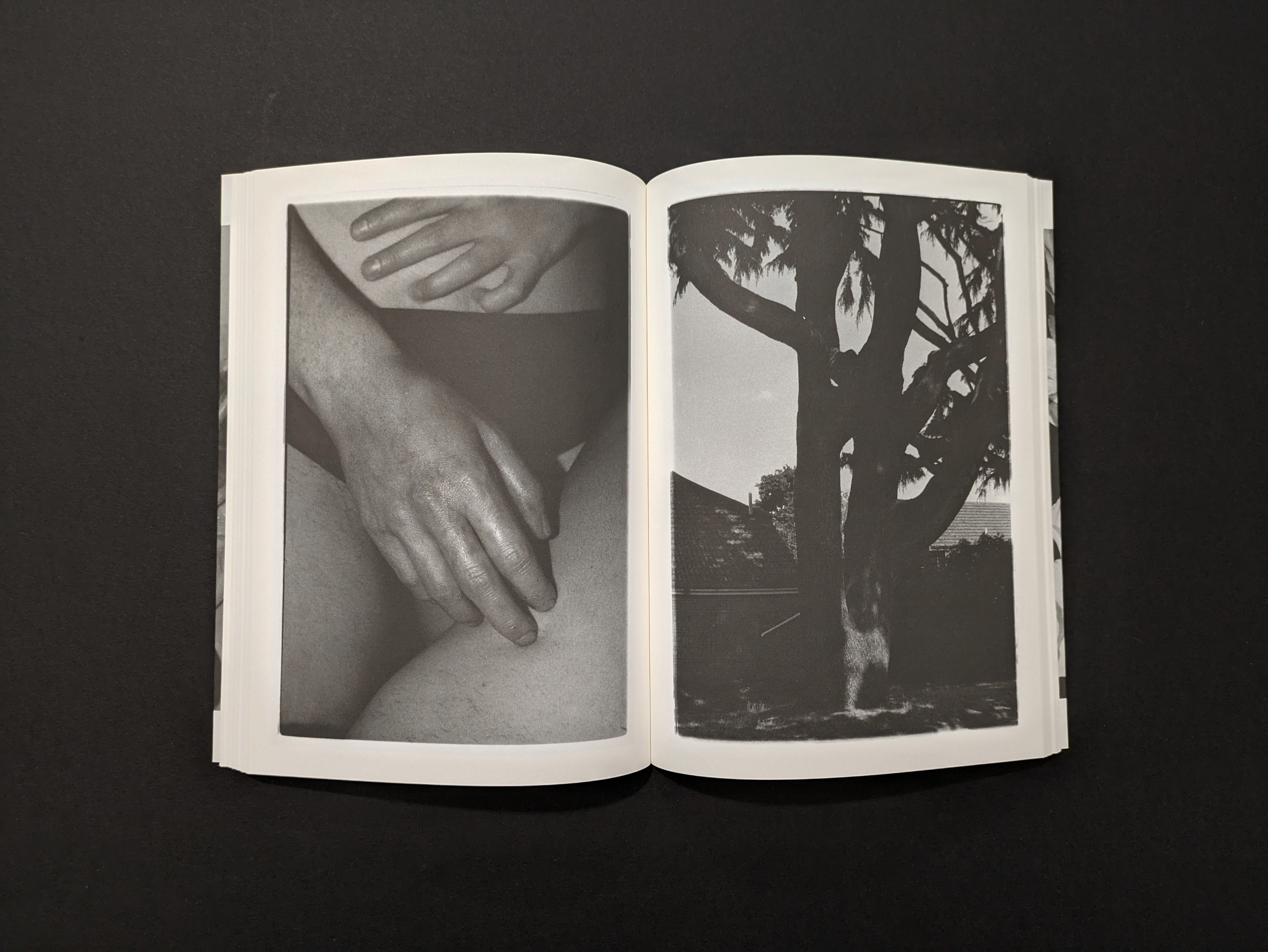

She could see herself in the darkness
Phoebe Kiely
17x23 cm
168 pages
Soft cover with dusk jacket
Design by Ilaria Miotto
Art direction by Tommaso Parrillo
Published in Novemebr 2025
ISBN 979-12-80177-57-5
Witty #102
25€ Order here︎︎
Go to the special edition
She could see herself in the darkness is a book holding a compilation of prints made between 2020 - 2024.
The project began as an exploration of queer intimacy between two people. It soon evolved into something beyond a single story. The photographs of people still remain, however they are interlaced with tight, close up images, which break up the human bodies and allow the sequence to not be dominated by skin alone.This book marks the completion of the project, a constellation of fragments held together in the dark.

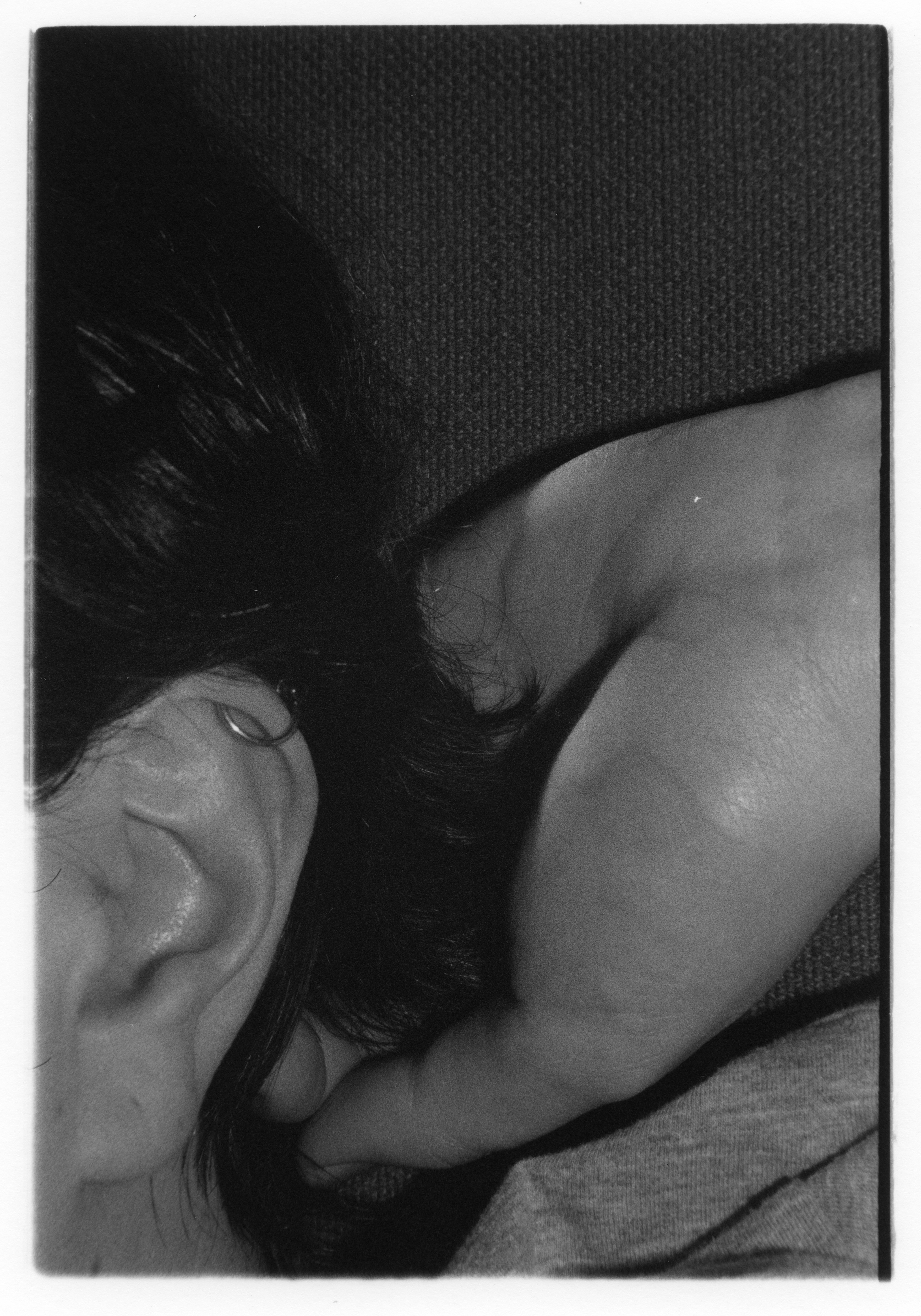


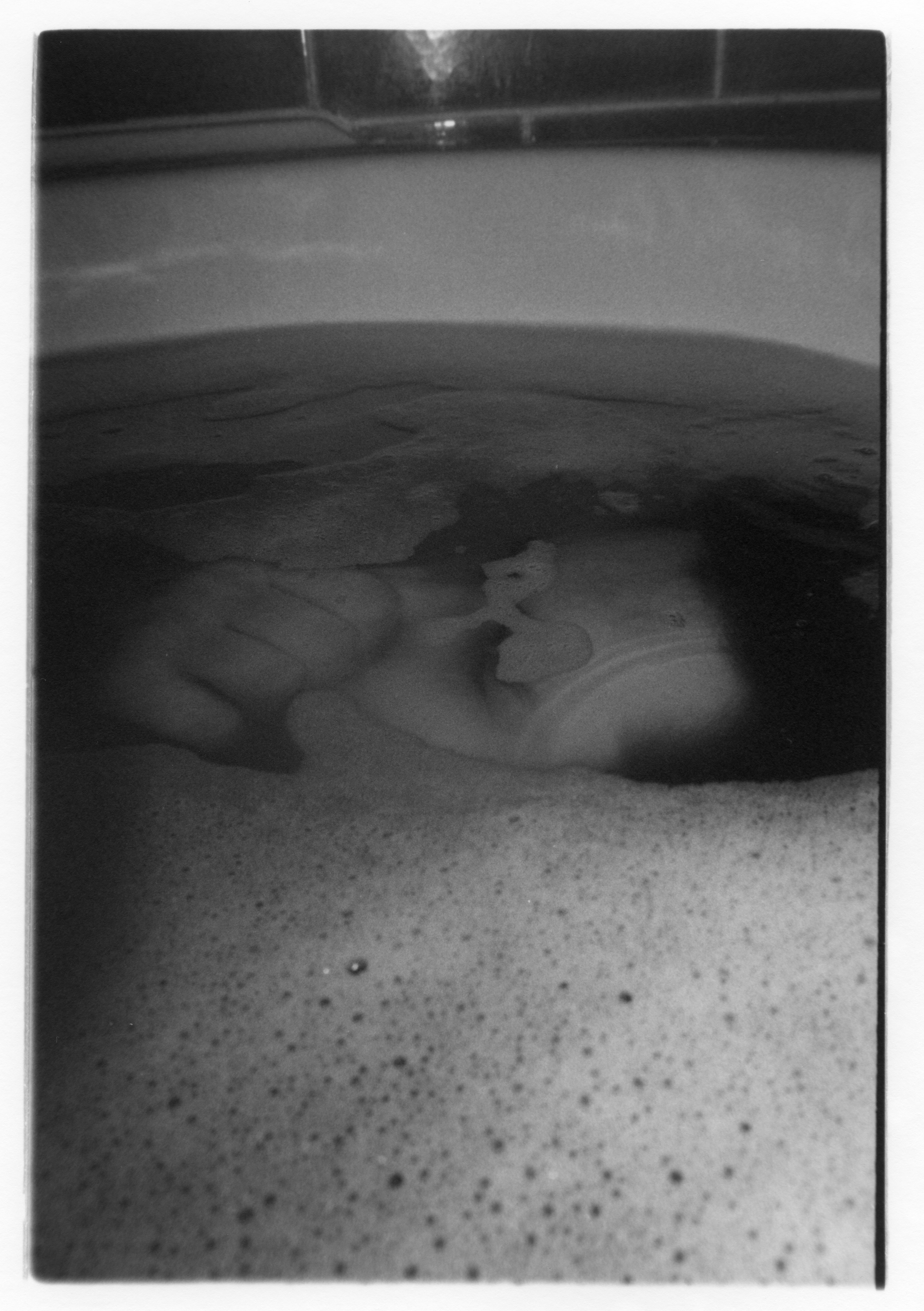

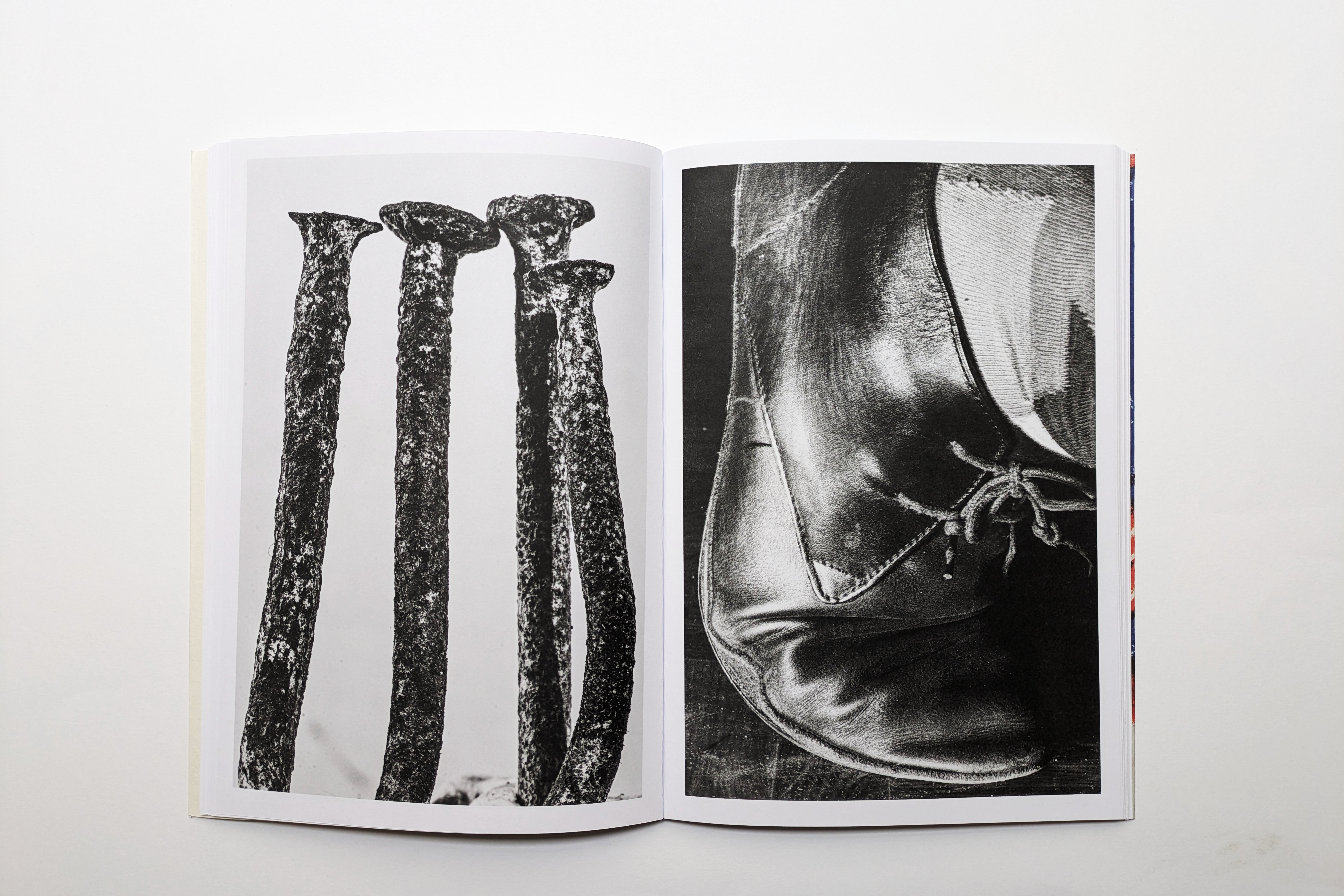



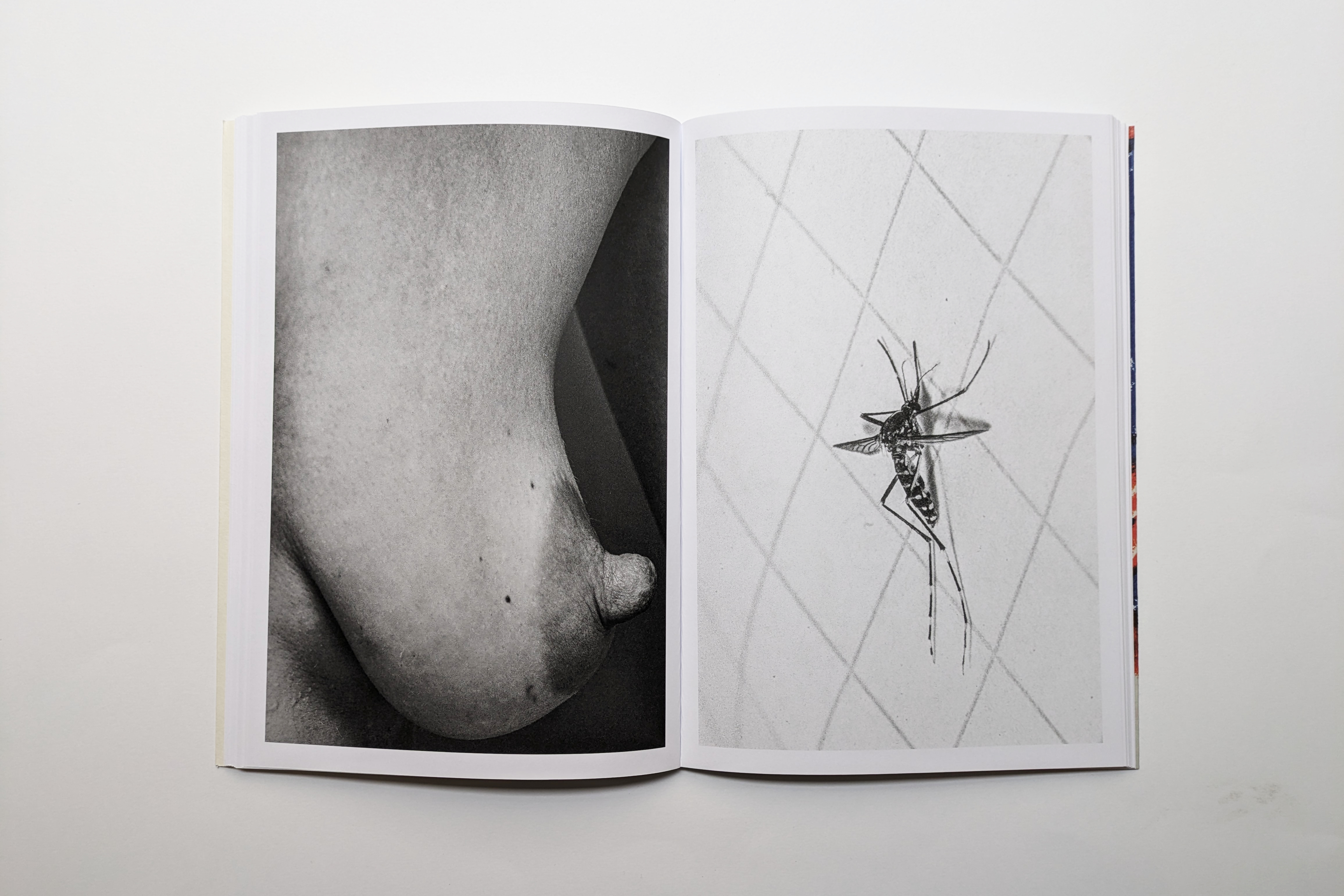
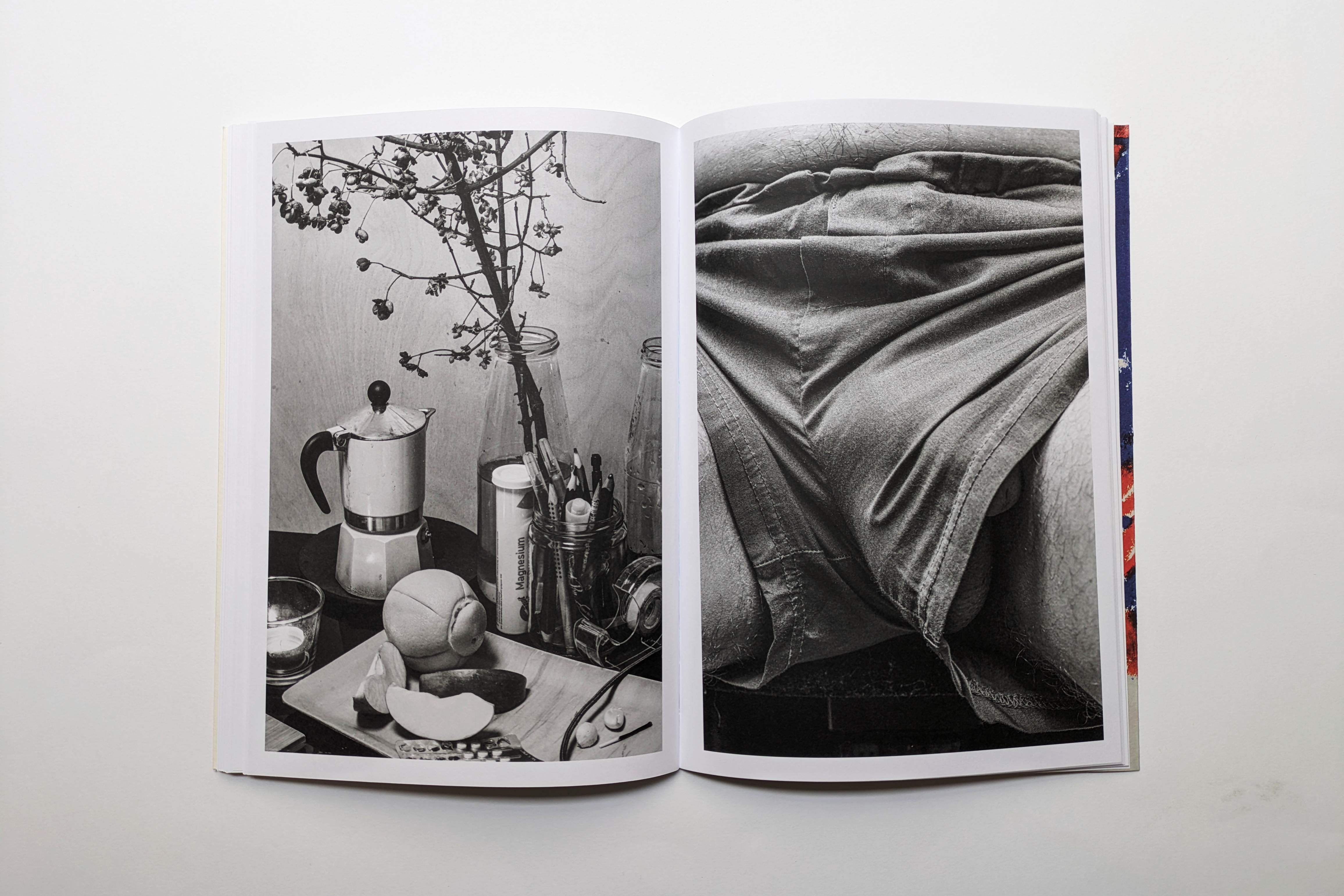
The Hero Father
Peter Puklus
22x31 cm
104 pages
Soft cover
Editing and art direction by Tommaso Parrillo
Design by Studio Grand Hotel
Published in Novemebr 2025
ISBN 979-12-80177-23-4
Witty #101





